Your home’s siding is one of the most important aspects of its exterior. It protects your home from the elements, enhances curb appeal, and helps maintain energy efficiency. However, over time, your siding can wear down, leading to potential issues that could compromise your home’s structural integrity and comfort. Recognizing the signs that you need siding repair is crucial to avoiding larger, more costly repairs in the future. This blog post will explore the common signs that your siding may be in need of repair, as well as how roofing is closely connected to siding maintenance.
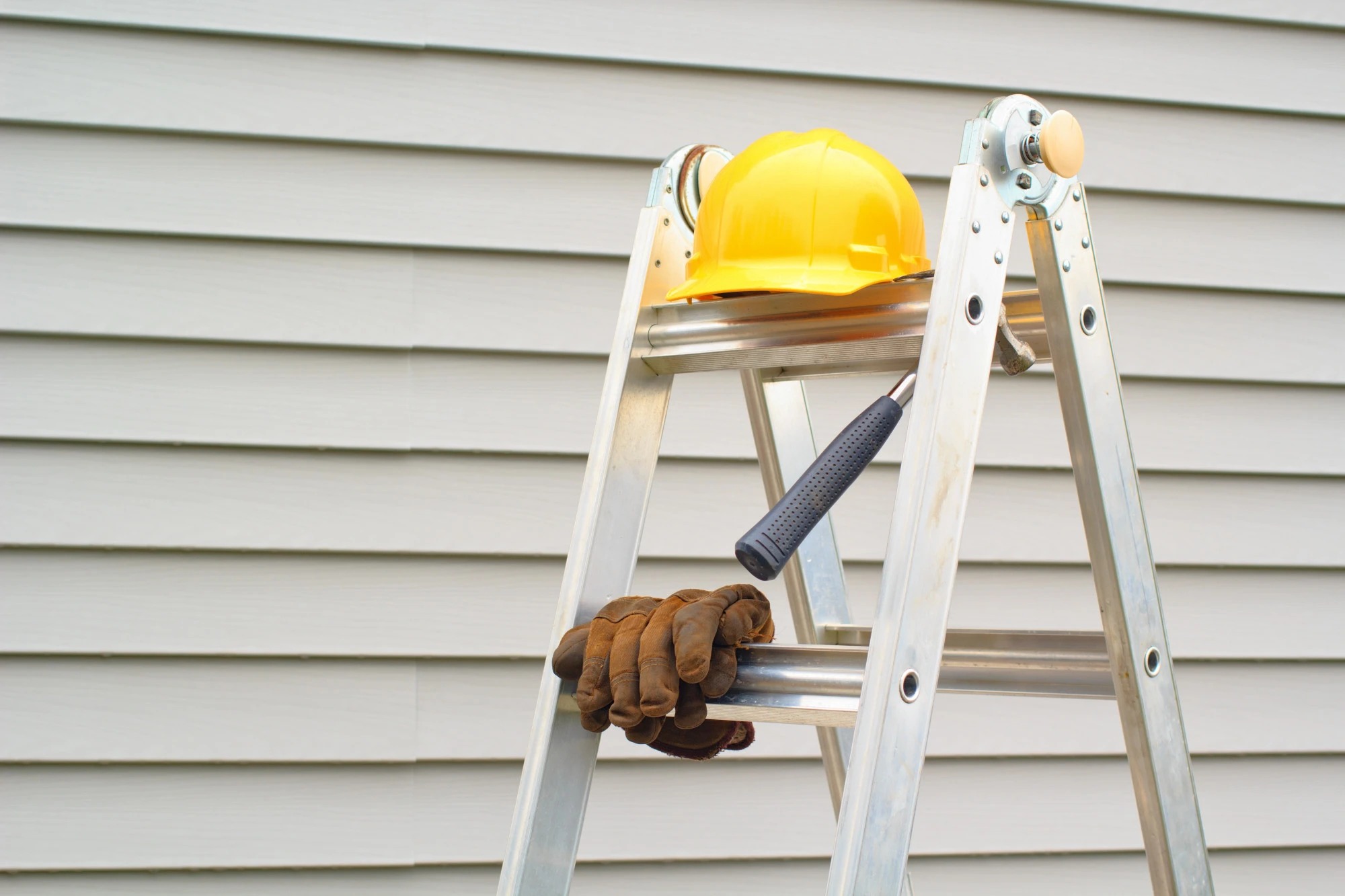
Cracks, Gaps, or Holes in the Siding
One of the most obvious signs that you need siding repair is the appearance of cracks, gaps, or holes in the siding. These can develop for various reasons, such as exposure to extreme weather, pests, or the natural aging process. Even small gaps can lead to bigger problems over time, including water infiltration and reduced insulation. If you notice any cracks, inspect them carefully and consider addressing them sooner rather than later to avoid further damage.
Warping or Buckling of Siding
Another common indicator that your siding needs repair is warping or buckling. This often occurs due to moisture infiltration behind the siding or excessive heat exposure. When siding warps, it no longer lies flat against the house, creating an unsightly appearance and leaving your home vulnerable to the elements. Warping can also result in increased energy bills as the siding’s protective capabilities are compromised. If you notice your siding bulging out or peeling back, it’s time to assess the damage and call for a repair.
Fading or Discoloration
Over time, exposure to the sun, wind, and rain can cause your siding to fade or discolor. While this may seem like just an aesthetic issue, faded siding often signals that the material is no longer as protective as it once was. Discoloration can indicate that the siding is breaking down, losing its weatherproofing properties, and is more susceptible to further damage. If you notice your siding losing its vibrant color, it’s essential to look into repair options to restore its integrity.
Increased Energy Bills
Your siding plays a key role in regulating your home’s temperature. It helps keep warm air inside during the winter and cool air during the summer. If you’ve noticed a sudden increase in your energy bills, it could be a sign that your siding is no longer performing its insulating function properly. Gaps, cracks, or worn-out materials may be allowing air to leak in or out of your home, forcing your heating or cooling system to work harder. If your utility bills seem unusually high, it may be time to inspect your siding for any signs of wear and tear.
Mold or Mildew Growth
The presence of mold or mildew on your siding is a clear indication that moisture is getting trapped behind the material. Mold and mildew thrive in damp environments, and their growth on the exterior of your home suggests that water may be seeping into your siding and potentially into your walls. Not only does this damage the appearance of your siding, but it can also lead to serious issues like rotting wood and compromised structural integrity. If you notice mold or mildew growth on your siding, it’s important to address the problem quickly before it worsens.
Pest Infestation
Pests like termites, ants, and carpenter bees are drawn to siding materials, especially wood. If you notice signs of pest activity, such as holes, frass (termite droppings), or visible insects, your siding may have been compromised. A pest infestation can cause extensive damage to the material, weakening it and allowing moisture to penetrate. If you suspect that pests are living within or behind your siding, it’s essential to take action right away to prevent further destruction.
Peeling Paint or Wallpaper Inside the Home
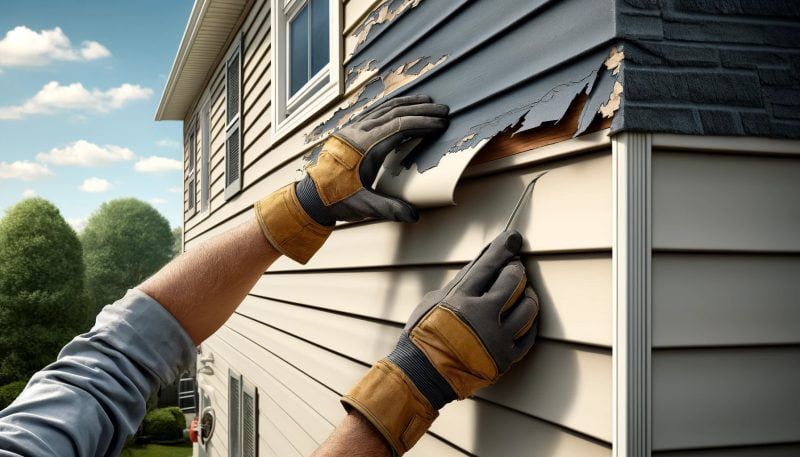 If you notice peeling paint or wallpaper inside your home, particularly around window frames, doors, or corners where the siding meets the walls, this may be an indication that water is seeping through the siding. This can happen when the siding is damaged or improperly sealed, allowing moisture to penetrate into your home. Over time, this can lead to rotting wood, mold growth, and other costly damage. Inspect your siding for any signs of water infiltration and consider making repairs as soon as possible to avoid further damage.
If you notice peeling paint or wallpaper inside your home, particularly around window frames, doors, or corners where the siding meets the walls, this may be an indication that water is seeping through the siding. This can happen when the siding is damaged or improperly sealed, allowing moisture to penetrate into your home. Over time, this can lead to rotting wood, mold growth, and other costly damage. Inspect your siding for any signs of water infiltration and consider making repairs as soon as possible to avoid further damage.
Roof and Siding Connection Issues
The connection between your roof and siding is another important area to check for signs of damage. If the flashing or seals around this area become loose or damaged, water can enter your home, leading to both roofing and siding issues. Roofing problems can exacerbate issues with siding, so it’s essential to inspect both systems regularly to ensure they are functioning properly. If you find that there is a gap or leak at the junction between your roof and siding, it’s a good idea to have both areas repaired at the same time to prevent future complications.
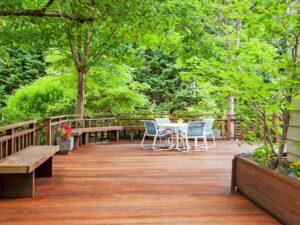 As awareness of environmental issues increases, more homeowners are turning to eco-friendly decking materials and designs to reduce their carbon footprint. The demand for sustainable products extends beyond just decking boards to include the entire structure, such as framing materials, fasteners, and finishing products. Homeowners are now prioritizing materials that are renewable, recyclable, and non-toxic, understanding that even small changes to their outdoor living spaces can contribute to a larger environmental impact.
As awareness of environmental issues increases, more homeowners are turning to eco-friendly decking materials and designs to reduce their carbon footprint. The demand for sustainable products extends beyond just decking boards to include the entire structure, such as framing materials, fasteners, and finishing products. Homeowners are now prioritizing materials that are renewable, recyclable, and non-toxic, understanding that even small changes to their outdoor living spaces can contribute to a larger environmental impact.
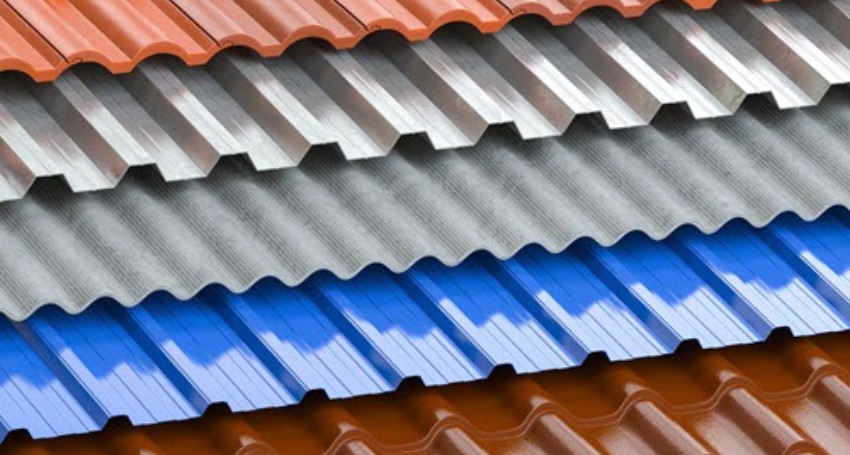
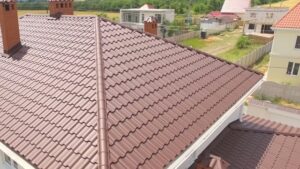 While some maintenance tasks can be handled by homeowners, others require the expertise of
While some maintenance tasks can be handled by homeowners, others require the expertise of